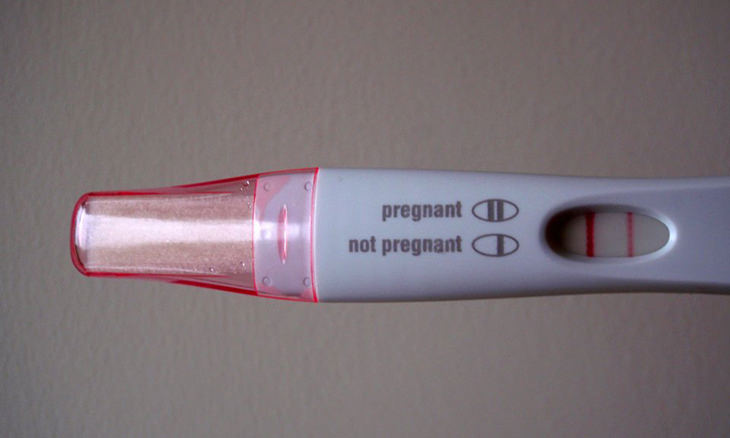1. The missionary position helps the sperm to reach the eggs
The reality is that the sex position that you’re in makes no difference to the chances of conception. Sperm can actually get up into the uterus quite quickly if the right mucus is present. This is usually the case in fertile women, and the mucus acts like a superhighway, thus negating the need to be in a certain position. No scientific studies have proven that one sexual position is better than another.
2. Your diet affects the gender of your child
There are many misconceptions associated with this myth, such as eating a diet high in salt tends to result in a boy, or eating a diet high in dairy tends to result in a girl. There’s no research to back this up – the reality is that there are male and female sperm, and it’s simply a question of which one gets to the woman’s egg first.
3. It’s not possible to conceive during menstruation
Although it’s extremely rare to conceive during menstruation, it isn’t entirely impossible either. When women have intercourse towards the end of their period, there’s a small chance that some sperm will survive until menstruation is over. In fact, sperm can survive some five to seven days if the right cervical mucus is present.
4. You’ll get pregnant if you have intercourse every day
Not every woman knows exactly when she’s fertile, so in theory, she’s more likely to get pregnant with each additional time she has intercourse. This is because she’ll be more likely to have intercourse when she’s ovulating. With that being said, it’s useless having intercourse when ovulation isn’t occurring – conception cannot happen. Most women ovulate some two to three weeks after their period is over. Tracking your menstrual cycle is always helpful in this regard.
5. Conception isn’t possible if the man pulls out
Withdrawal as a contraception method is somewhat effective, but 25 out of 100 women will still get pregnant while employing this method over the course of one year. An interesting thing about withdrawal is that some cultures seem to use it more effectively than others. It’s believed that this is so because the method is passed down from one generation to another more effectively. Nevertheless, it’s considered to be a very effective birth control method.
6. Reaching orgasm is a must for conception to occur
A man has to reach orgasm in order for conception to occur, but the same isn’t true for women. This myth is likely to be believed because numerous mammals are only able to conceive when the female orgasms. In addition, various articles in the US have detailed how animals such as rabbits, ferrets, and camels do not ovulate on a cycle like humans do – rather, the female ovulates once stimulated by a male and after they orgasm.
How to help yourself conceive
The best thing to do is learn when your cervical mucus is present. This fluid is clear, slippery and stretchy. You should track the mucus during your menstrual cycle, and talk to your doctor about what you’re seeing. The best way of doing this is to look at the toilet paper after you wipe. If you notice a clear, slippery and/or stretchy mucus, then this is the best time to have intercourse. It’s recommended to do so every other day during the period when the mucus is present, up until two days after it disappears. Ovulation is most likely to occur during this time.
Content source
Images by Deposit Photos.
 Go to BabaMail
Go to BabaMail





























